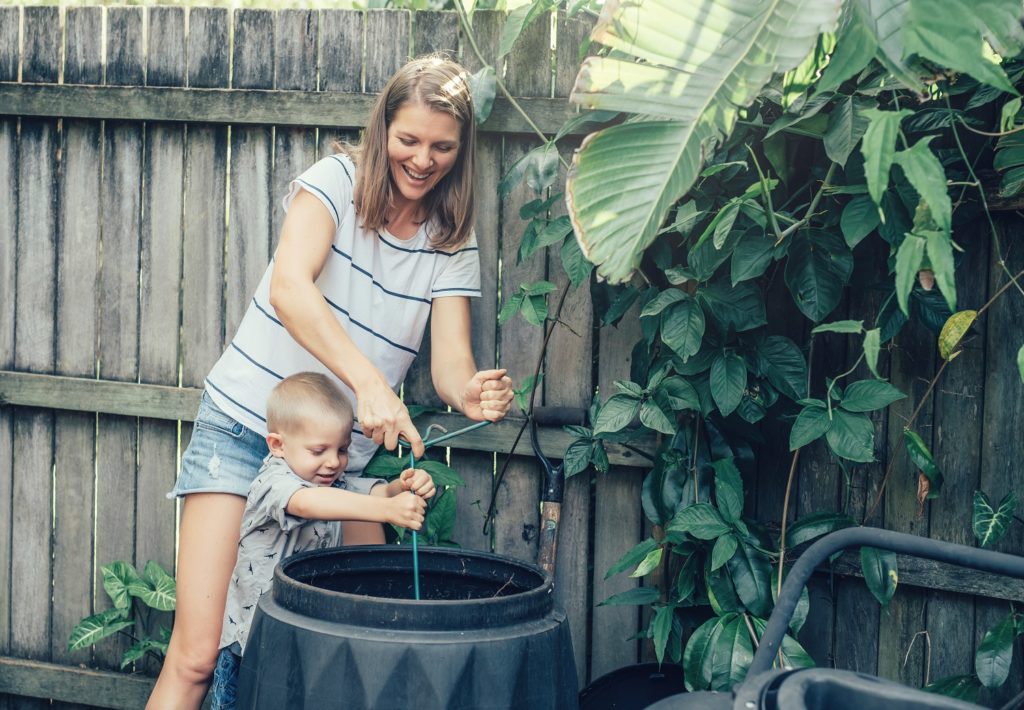Are you looking for a sustainable way to dispose of your food scraps while also enriching your garden? Composting might just be the answer you’ve been seeking. It’s a natural process that transforms kitchen and garden waste into nutrient-rich compost, which can be used to nourish plants, improve soil health, and reduce the amount of waste that ends up in landfills. In this basic composting guide, let’s explore how to start composting and why it’s worth incorporating into your daily routine.
Why Compost?
Composting offers a host of benefits, both for you and the environment. Below are some compelling reasons why you should consider this eco-friendly practice.

Reducing Waste
Food scraps make up a significant portion of household waste. By composting these materials, you can divert them from landfills and instead use their natural methane emissions in a controlled environment to feed the soil.
Nourishing the Soil
When used in a garden, compost enriches the soil with essential nutrients, enhances water retention, and promotes better root development, which leads to healthier and more productive plants.
Saving Money
Composting at home means fewer trips to buy expensive fertilizers and soil conditioners. It’s a budget-friendly solution that rewards you with a cost-effective source of nutrients.
Encouraging Biodiversity
Compost helps foster a thriving ecosystem in your garden. Beneficial microorganisms and earthworms are drawn to the rich organic matter, promoting biodiversity and creating a balanced environment for plants to flourish.
Getting Started with Composting
Composting for the first time is likely easier than you might think. Follow these simple steps to set up your own composting system:
Choose the Right Location
Select a spot in your garden that receives partial sunlight and is easily accessible year-round. You can use a compost bin, build a compost heap, or even try vermicomposting (composting with worms) if you have limited space. There are even small countertop composters available for your kitchen if you choose to go that route.
If you are able, try to choose a location away from the house that won’t be affected by bad smells or composting liquids.
Gather Compostable Materials
Collect kitchen scraps like fruit peels, vegetable trimmings, coffee grounds, and crushed eggshells. Combine them with yard waste such as grass clippings, dry leaves, sawdust, and small prunings. Avoid adding meat, dairy, bones, or oily items.
Layer and Mix
Alternate layers of “green” (kitchen scraps, grass clippings) and “brown” (yard waste, dry leaves, toilet paper rolls) materials to achieve a good carbon-to-nitrogen balance. A 3:1 ratio of brown to green materials is recommended so your compost does not get too damp. Mix—or “turn”—the pile every two weeks or more to aerate it and assist the decomposition.
Maintain Moisture and Aeration
Compost microbes need moisture and oxygen to work their magic. Ensure your compost pile remains damp, but not soggy, and turn it with a pitchfork or compost aerator every few weeks to keep it from getting too moist. If you notice a foul smell or excess liquid in your compost, add more brown materials.
Be Patient
Composting is a natural process, and it takes time. Depending on the method you choose, you can have usable compost in a few months to a year.
By transforming kitchen and garden waste into nutrient-rich compost, you contribute to a healthier environment, promote sustainable gardening practices, and reap the rewards of vibrant, thriving plants. Happy composting!
This blog post is intended for informational purposes only and should not be considered a replacement for advice from a yard and garden professional.